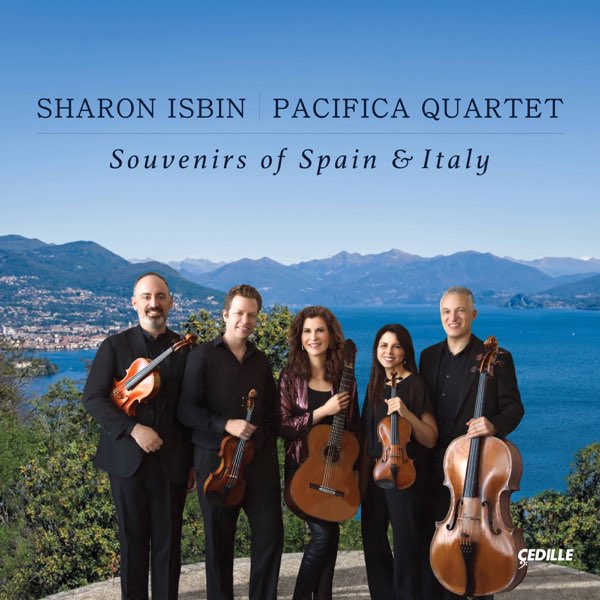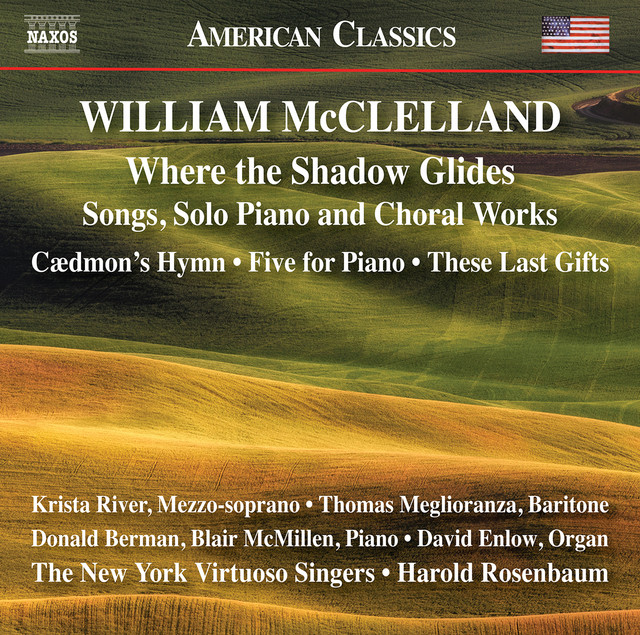The resituation of Edith Sitwell's humor-laced, tongue-in-cheek sendup of proper Victorian byways in the poetry drenched
Facades stands today perhaps with Schoenberg's
Pierrot Lunaire as two of Early Modernism's most convincing settings of poetic nuances in the new sensibilities fully beyond Romantic sentiment and happily plunging into a kind of meta-abstract, surreal sarcasm that the music serves very much to project and re-produce in the form of speech-song and chamber instrumental.
We recently have gained a new performance of the very complete William Walton chamber orchestral and vocal Facades (Naxos 8.574378), which includes the original 1922 setting, the 1978-79 Facade 2--A Further Entertainment, and first recordings of two Additional Numbers from 1922 and 1977. Unless I am mistaken, this is the first truly complete Facades on disk. That in itself is saying something, but then too the performances are as fresh and wry as one might hope for, with vocalist-narrators Hela Plittman, Fred Child and Kevin Deas sounding appropriately bemused and the Virginia Arts Chamber Orchestra with an exaggeratedly idiomatic, hyper-proper spoofing quality, all under the very inspired direction of JoAnn Falletta.
I have listened to and enjoyed a number of performances of this work over the years, mainly on LP. I am happy to say that this version rivals the others I've heard for color and attitude, and then with the new additions to the complete opus and the good price of the Naxos as ever, this version would get the edge and my nomination as a vibrant "yes" for the best choice.
All
told when considering some key settings of early post-Romantic Modernity, such
as Virgil Thompson's treatment of Gertrude Stein's verse in the two operas he created
out of the librettos Stein fashioned (Four Saints in Three Acts and The Mother of Us All), in comparison to this Walton
and the Schoenberg Pierrot, there seems an overarching attempt at a seriousness with Thompson that no
doubt grounds its approach in the extensive ambitions of Stein to create a long
narrative form, but then if one has listened to Stein's own readings of her
shorter poems, one especially might find a humorous over-the-top, playfully mischievous
tone that Thompson might have made better use of had his musical attention been
directed there. Not to say we should not listen and appreciate the
Stein-Thompson collaborations that have come down to us, just that they seem
less essential in setting poetry to music than the Walton and Schoenberg seem
to me looking back to years of listening,
Part of that has to do with the immediacy of the sprechstimme speech song of Schoenberg and the rhythmic speech inflections of the Walton. Both give the poetry a kind of harder Expressionist quality that seems in keeping with the poetic libretto-texts. And so also these two works seem much more decisively post-Romantic. Both works are looking back rather fully paradigmatic, and the music meaning in either case extends and agrees with the poetic texts, so for example the rhythmic underpinning and in the end the vernacular directness of a well known sailor's hornpipe in the opening of Facade inform us that this music and its lyrical poetic compatibility both make fun of the pretentions of high theatrical arts one might say. So too the droll waltzes, marches, tangoes, ragtimes, music hall trifles and other then favored English entertainment expressions become fantasmagorical exaggerations that still ring true and delight in their serious silliness.
And then too one recalls the Brecht-Weill theater music of the era and how too they make a heightened fun of things as they ringingly put forward the beautiful Dance Jazz with sarcasm. And so Walton's Facades was along with the Schoenberg landmark--as well as the two Thompson works--the very most effective early Modern poetic compositional send-offs.
So do not miss this newly complete edition of all the Walton in this triumphant recorded version. Bravo!












